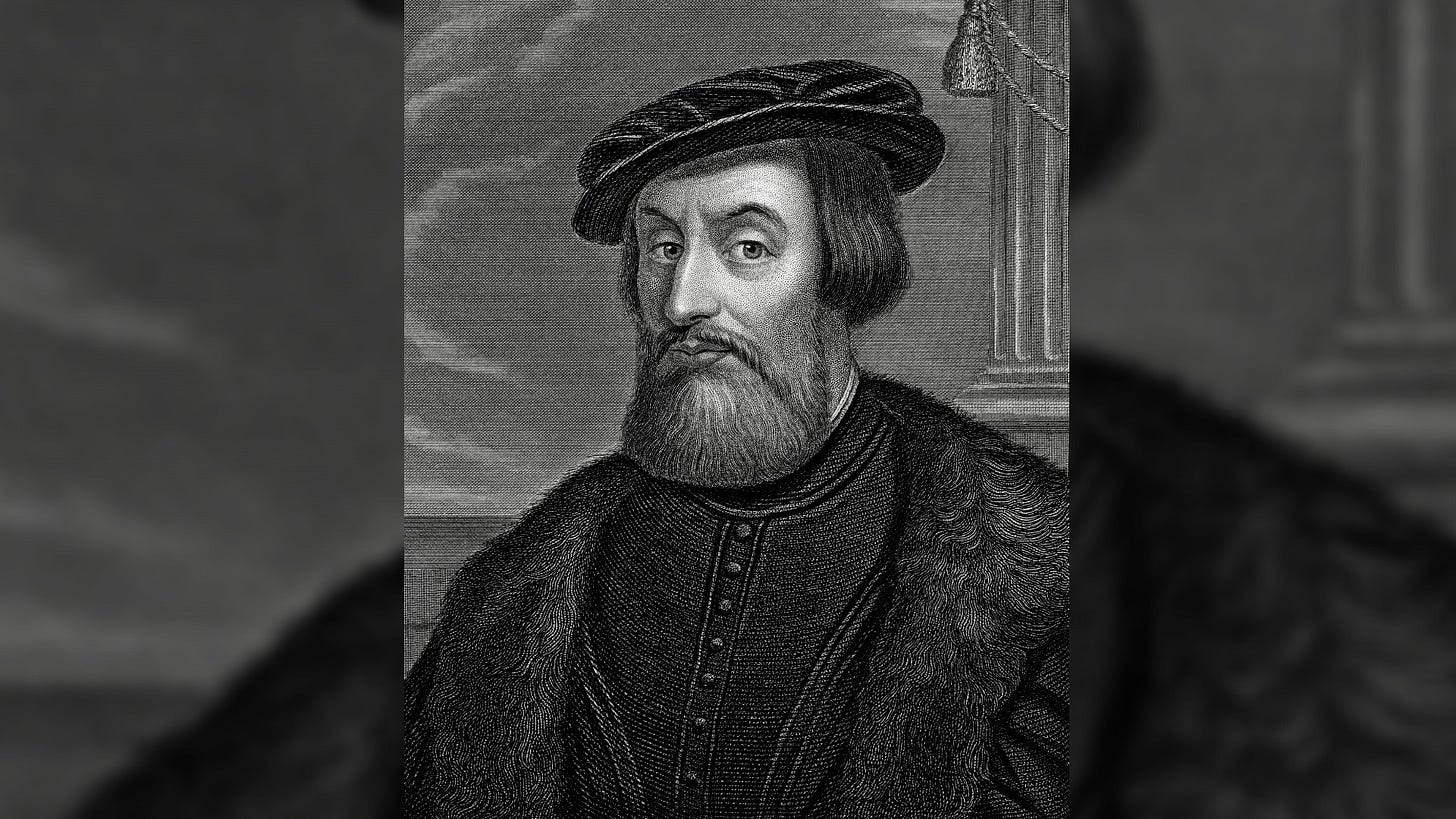Before Hernán Cortés ever stepped foot on the shores of the New World, the land we now call Mexico pulsed with the lifeblood of a civilization consumed by shadows. The Aztec Empire, far from the noble, eco-friendly utopia that modern revisionists fantasize about, was a vast and meticulously organized cult of death.
These weren’t misunderstood shamans singing Kumbaya to the corn god. They were warlords with obsidian blades—a material so sharp they use it today to perform surgery on eyes—and beating hearts in their hands. And they offered those hearts, daily and by the thousands, to deities so hideous, even demons might have blushed.
These post-Babel lost descendants of Noah had long since wandered from the truth and abandoned their knowledge of their creator. They crossed continents, they built pyramids, and they institutionalized the horrific practice of bloodletting as spiritual necessity. In a repulsive echo of Cain's sacrifice, the Aztecs lifted innocent children high above stone altars and brought them down again in pieces, all to appease their sun and war god, Huitzilopochtli, who apparently required rivers of blood to keep the cosmos in balance.
Even in battle, they would erect mobile altars on-site, not for tactical advantage but for spiritual slaughter, believing that each death fueled the sun’s rise. Tlaloc, the rain god, demanded the tears of children—so priests made sure they cried before cutting them open. This was the cornerstone of their entire society.
And the entire continent groaned under it.






